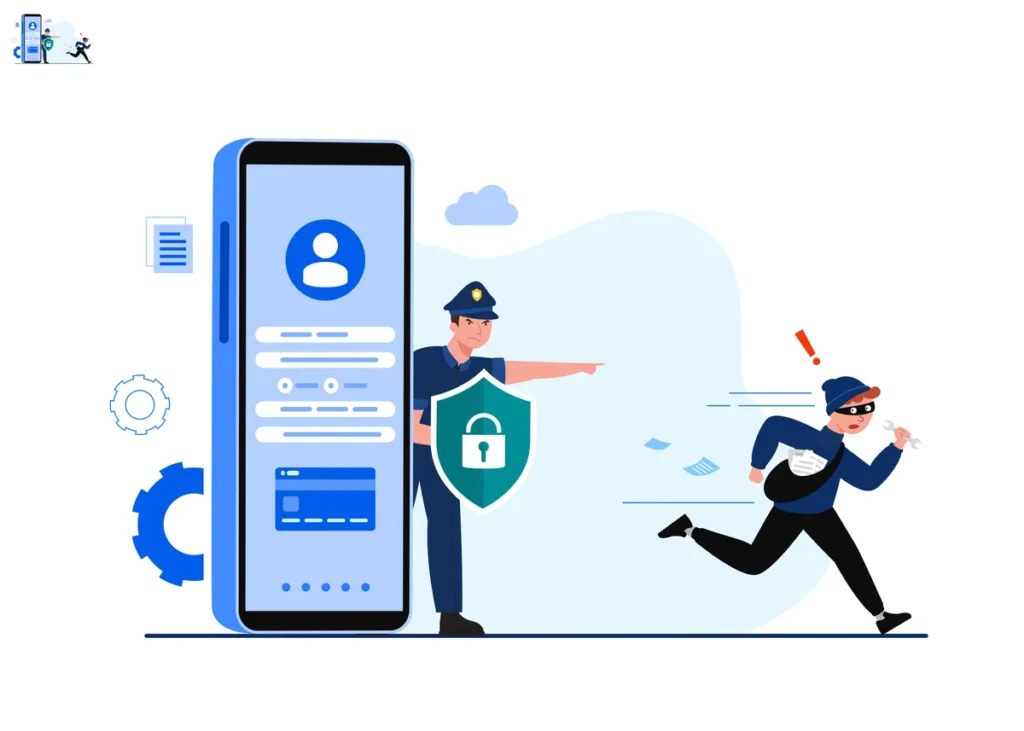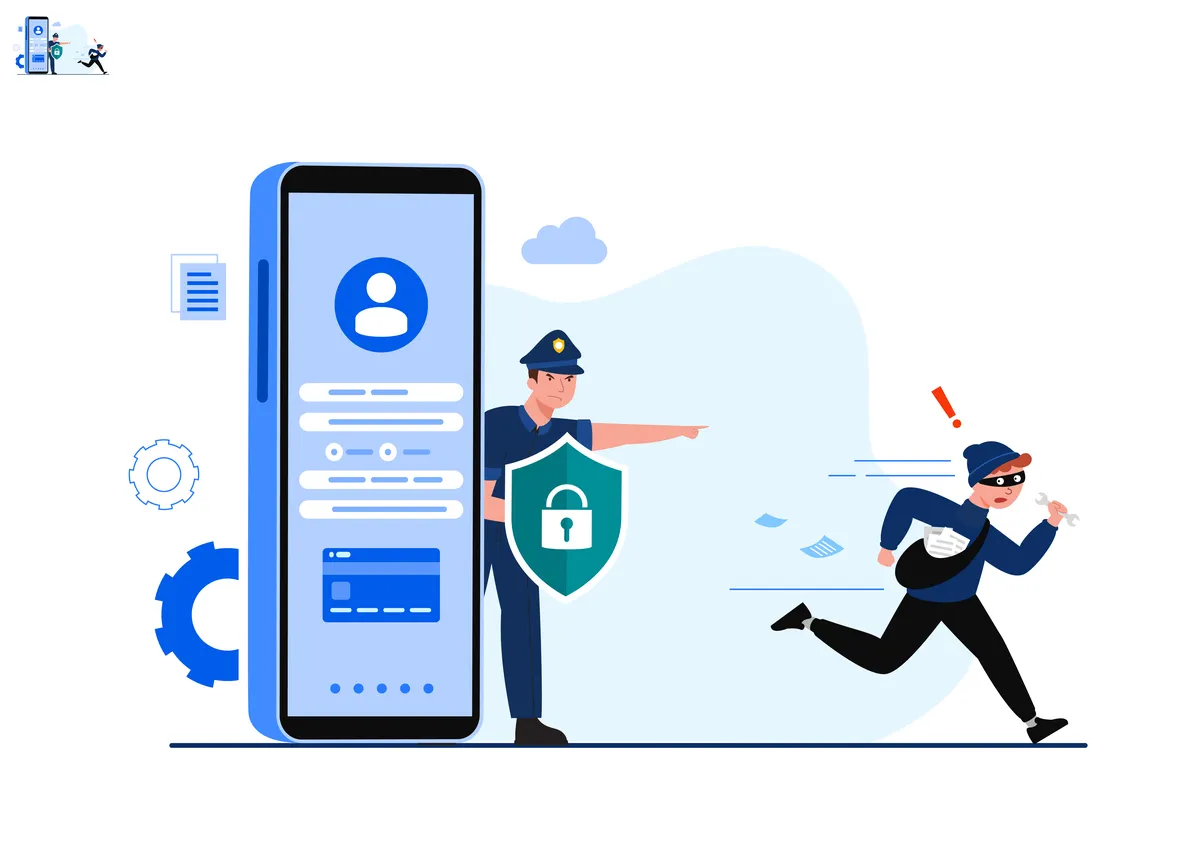Table of Contents
Mobile Security 101: How to Safeguard Your Smartphone and Tablet

Smartphones and tablets have become an indispensable part of our daily lives in the digital age. From communication and productivity to entertainment and financial transactions, we rely on these devices for a myriad of tasks. However, this growing dependency also makes them lucrative targets for cybercriminals. In this blog, we will delve into the essential steps to fortify your mobile security and protect your personal data from potential threats.
Keep Your Software Up to Date
Regularly updating your smartphone and tablet’s operating system and applications is crucial for protecting against security vulnerabilities. Manufacturers release updates to address newly discovered security flaws and improve overall performance. Enable automatic updates to ensure you have the latest protections.
Secure Your Device with Strong Authentication
Use strong and unique passwords or passcodes to lock your device. For even better security, consider using biometric authentication like fingerprints or facial recognition, which adds an extra layer of protection against unauthorized access.
Install a Reliable Security App
Choose a reputable mobile security app from a trusted provider and install it on your device. These apps offer malware scanning, app permission management, anti-theft features, and remote wiping capabilities, which are essential for safeguarding your device and data.
Be Cautious with App Downloads
Download apps only from official app stores such as the Google Play Store or the Apple App Store. Avoid third-party app sources, as they may host malicious or compromised applications. Read reviews and check app permissions before installing to ensure they are legitimate.
Enable Two-Factor Authentication (2FA)
Enabling two-factor authentication (2FA) adds an extra degree of security to your online accounts. This requires you to provide a second form of verification, such as a one-time code sent to your mobile device and your password.
Be Wary of Phishing Attacks
Cybercriminals often use phishing attacks to trick users into revealing sensitive information. Be cautious of unsolicited messages, emails, or links, and avoid providing personal data or login credentials unless you are certain of the sender’s legitimacy.
Secure Your Internet Connections
Avoid using public Wi-Fi networks for sensitive transactions like online banking or accessing private accounts. Use a virtual private network (VPN) to encrypt your internet connection and keep your data safe from prying eyes.
Review App Permissions
Periodically review and manage app permissions on your device. Some apps may request access to unnecessary information, posing potential privacy risks. Restrict permissions that seem excessive or unnecessary for the app’s functionality.
Back-Up Your Data Regularly
Regularly back up your smartphone and tablet data to a secure location, either through cloud services or offline storage. In the event of theft, loss, or a security breach, having backups ensures you can restore your essential data.
Conclusion
As our smartphones and tablets store an increasing amount of sensitive information, it is imperative to take mobile security seriously. By following the tips outlined in this blog, you can significantly reduce the risk of falling victim to cyber threats and enjoy a safer digital experience with your devices. Stay vigilant, keep your software updated, and use strong authentication methods to safeguard your mobile data effectively.



